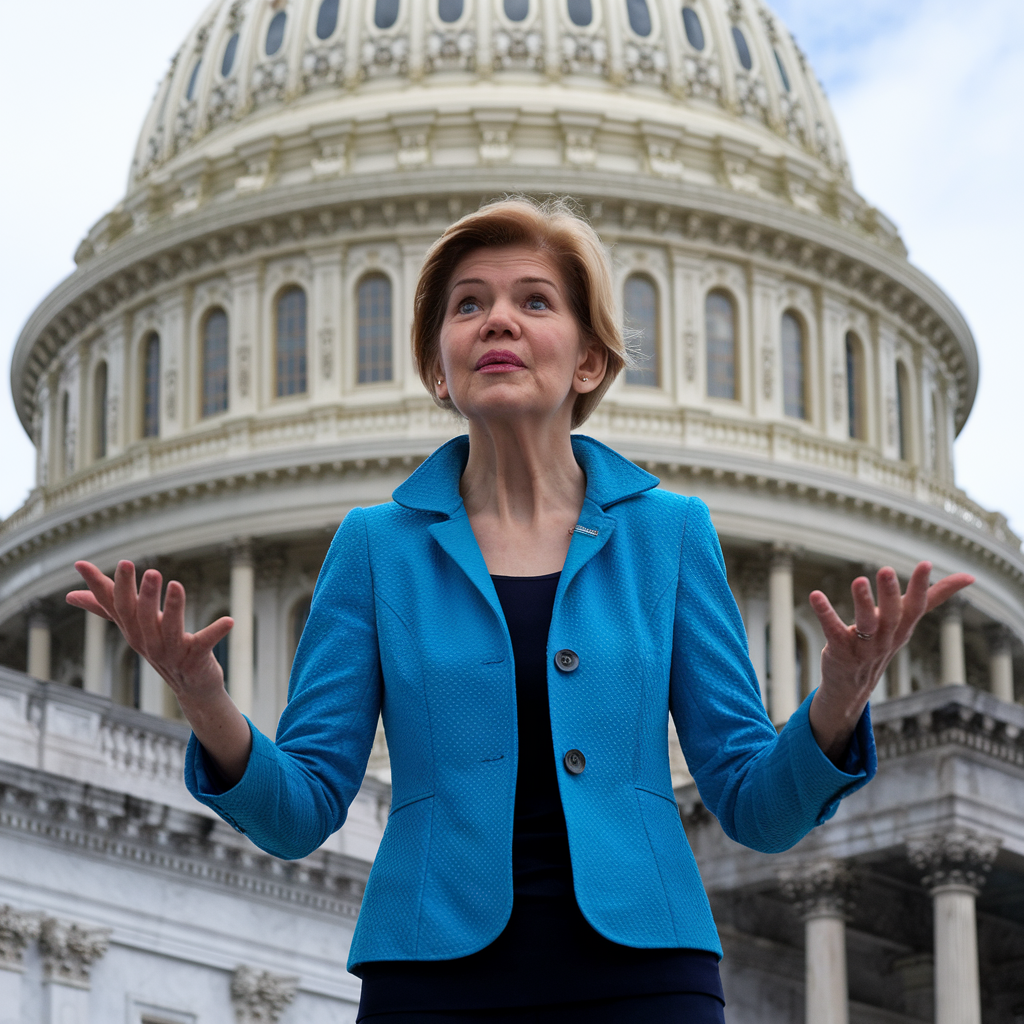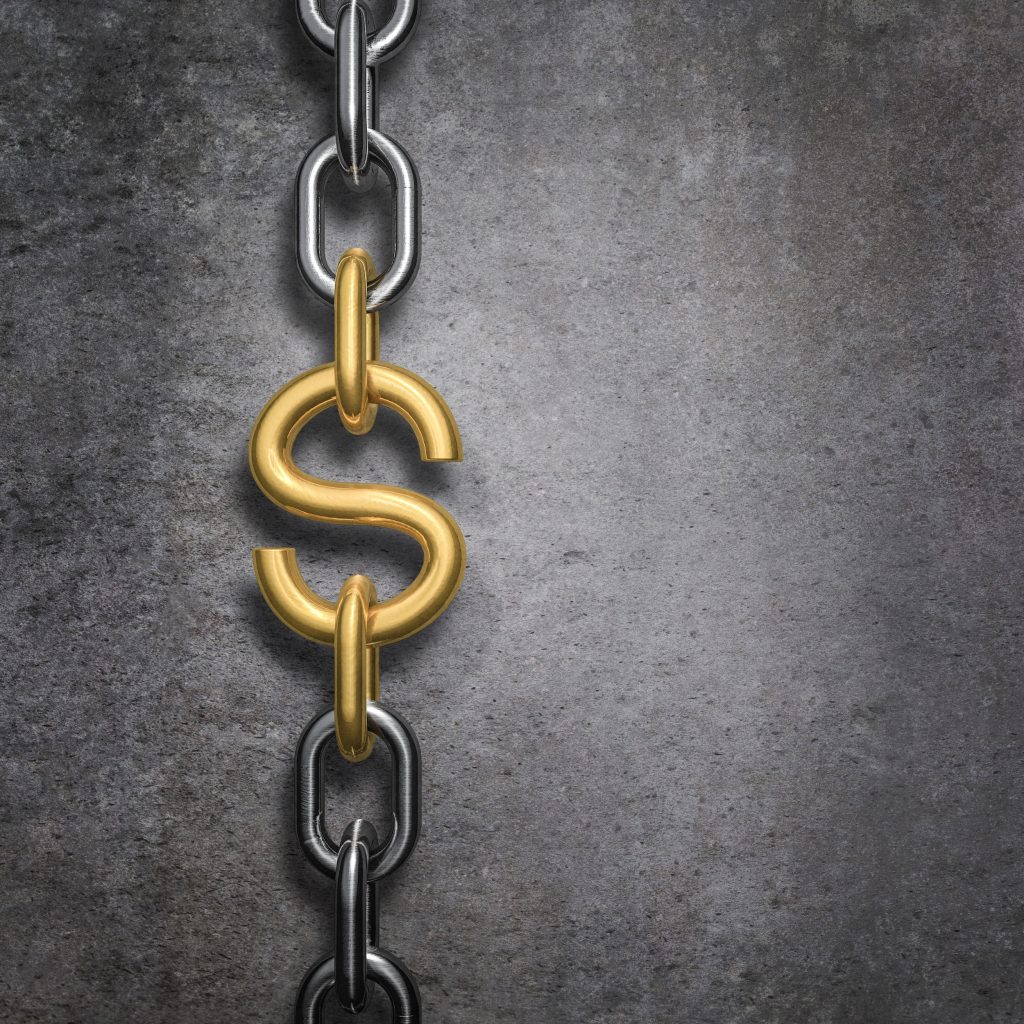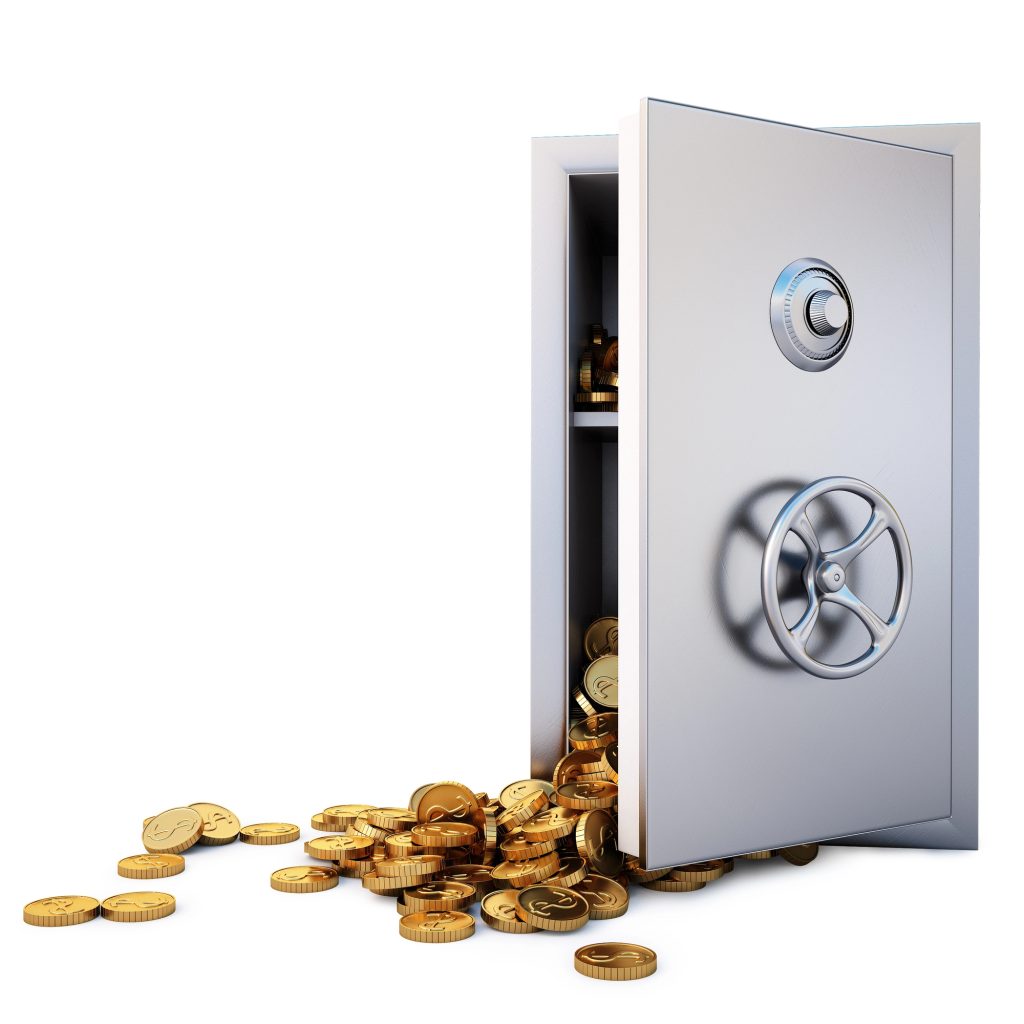September 22, 2014
Santiago, Chile
If someone mentions the Dotcom Bubble, Pets.com is easily the first thing to come to mind.
The online pet product store failed hard and it failed fast. In just 268 days, the company went from IPO to liquidation, managing to lose $300 million in the process.
Yet it had looked good to investors, at least for a while.
Pets.com spent exorbitant amounts of money on advertising; its sock-puppet mascot was the 90s equivalent of a viral phenomenon.
But while the company spent hand over fist on advertising, Pets.com’s was losing money on every sale because they priced their inventory at BELOW cost. Duh.
Pets.com went public on the NASDAQ in February 2000 (right as the bubble burst) at $11 per share.
The stock peaked at $14, valuing the company at over $300 million. Not bad for a company whose business model virtually assured they would lose money.
But reality set in just nine months later. The company’s stock fell over 99%, and management announced they would liquidate.
Now… we could criticize Pets.com management all day long for a ridiculous business model. But bear in mind, investors bought the story.
People believed that profits didn’t matter. And back then it was typical for loss-making companies to be valued at hundreds of millions of dollars.
Have things really changed since then?
Facebook bought revenueless Instagram for $1 billion in 2012. Snapchat, the revenueless sexting app, is now valued at $10 billion.
There are so many examples like this. And like 1999, no one seems to care.
Silicon Valley investors keep writing huge checks. “Likes” are the new valuation metric. Not profits.
Several top Silicon Valley insiders are now hoisting the red flag saying enough is enough.
Bill Gurley, one of the most successful venture capitalists in the world, told the Wall Street Journal last week that “Silicon Valley as a whole . . . is taking on an excessive amount of risk right now. Unprecedented since ’99.”
Fred Wilson of Union Square Ventures echoed this sentiment on his blog, railing against the widely accepted model that it’s acceptable for companies to be “[b]urning cash. Losing money. Emphasis on the losing.”
George Zachary of Charles River Ventures wrote, “It reminds me of 2000, when investment capital was flooding into startups and flooded a lot of marginal companies. If 2000 was a bubble factor of 10, we are at an 8 to 9 in my opinion right now.”
As with all bubbles, it all comes down to there being too much money in the system.
Capital is far too cheap, and that pushes people into making risky and foolish decisions.
When you’re guaranteed to lose money on a tax-adjusted, inflation-adjusted basis by holding your savings in a bank account, almost anything else looks like a better alternative.
That’s why stocks keep pushing higher, why junk bonds yield a pitiful 5%, and why bankrupt governments can borrow at 0%.
Jared Flieser of Matrix Partners in Palo Alto summed it up when he told the Wall Street Journal, “You can’t afford to sit on the bench.”
In other words, money managers view NOT investing as losing, even if investing means taking huge risks.
It’s an abominable position to be in. If you do nothing, you lose. If you do anything, you take on huge risks.
This, of course, is thanks to a monetary system in which a tiny central banking elite conjures trillions of dollars out of thin air in its sole discretion.
History tells us that this party eventually stops, creating all sorts of unpleasant financial carnage. This has happened so many times before, and it would be arrogant to presume that this time is any different.
But it begs the question: what does one do? Is it worth trying to ride the bubble and try to get out before it all collapses?
Perhaps. But there are still pockets of value in the world that I would submit are more secure places to be.
In public markets, the junior mining sector has many companies that are trading for less than their tangible cash value. It is the exact antithesis of Pets.com.
In private markets, Startups in other thriving communities around the world (from New Zealand to right here in Chile) are valued at much more appropriate levels.
For yield, we’ve seen US dollar bank accounts in certain parts of the world paying upwards of 7%, and one low-risk company owned by the debt-free government of Singapore issuing bonds yielding over 5%.
There are options.
It’s like music. A lot of people think that music is dead. Where are today’s Led Zeppelin, Pink Floyd, Grateful Dead, Bob Marley, and Bob Dylan?
And based on the crap spewed out over the centralized, corporate-controlled radio, they’d be right.
But music is definitely not dead. There’s some amazing stuff out there. The corporate titans that control the system aren’t going to play any of it for you.
But it’s there. Just like the great investments. You have to look where no one else is looking. And you have to dig a little bit more to find gold.







